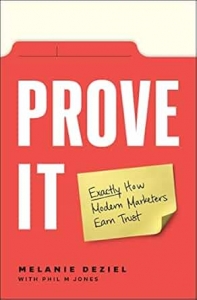Creating Customer-Friendly Content
I always enjoy Todd Hunt’s wry observations in Hunt’s Headlines. This month’s issue featured a photo of a sign posted on a vending machine: “Price levels on this machine reflect the cash price, which is 10¢ lower than the retail price….Credit card purchases will reflect the full retail price.” Hunt’s comment: “Rather than admit there is a “10-cent surcharge for credit cards”, they say you get a 10-cent discount for cash…”
Price increases tend to be unpopular, and you always run the risk of customers deciding that they don’t find enough value in your services to justify the higher cost, Spring Insight authors admit. In their case, in order to soften the blow, they made sure to highlight the additional services their clients could look forward to receiving with the higher prices. “After reading the email and seeing a clear list of the additional value accompanying the higher prices, all our clients elected to continue utilizing our services,” the owners now report.
“Breaking bad news to customers is not an easy task,” Susan Berkley admits in zenbusiness.com. To do this in a compassionate and professional manner, she advises, “Give as much information as you can about the who, what, when, where, and why,” Take charge, outlining a specific plan of action that you and your company will take, and what actions you recommend customers take.
As is true of newspapers, business blog content writing can balance feature stories with news. In general, the word “news”, when it comes to blog marketing, can mean two entirely different things. The first type centers around you and your company or practice, with the second type of news relating to your community, your city, your country, even worldwide events. If, as blog writers, we can go right to the heart of any possible customer fears or concerns, addressing negative assumption questions (before they’ve been asked!) we have the potential to breed understanding and trust.
Todd Hunt’s vending machine story is a perfect example of breeding misunderstanding and distrust. Sure, as a business or professional practice grows and changes, there are probably going to be negative publicity and instances of customer dissatisfaction. As content marketers, our job is to help our clients get “out in front” of those negatives — and quickly. “A swift response demonstrates your brand’s commitment and shows you value stakeholder concerns and feedback,” SmartComment.com advises.
One very important function corporate blog posts can serve is damage control. When customers’ complaints and concerns are recognized and dealt with “in front of other people” (in blog posts), it gives the “apology” more weight. Creating customer-friendly content may involve “letting the client tell his story,” which then gives you the chance to offer useful information to other readers and to explain any changes in policy that resulted from a negative situation.






Follow us online!